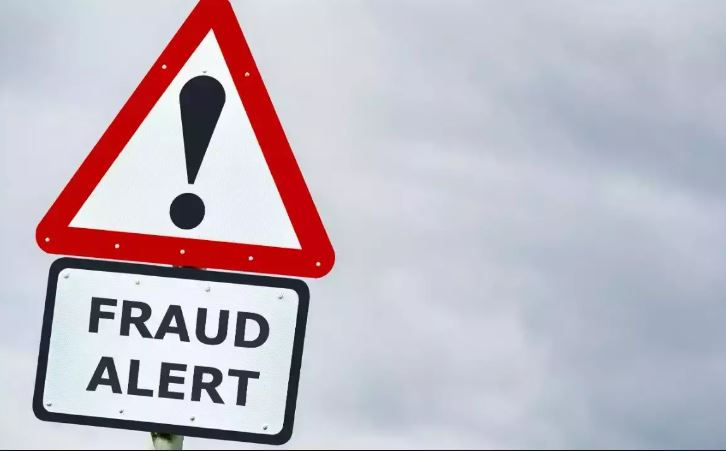How can I get my Shares back from IEPF
- solutionsinfiny
- Sep 1, 2022
- 3 min read
Many investors put their money into shares, but they either forget to claim them, or they expire before they can be used. In these situations, the money is left unclaimed for a very long time. The Investor Education and Protection Fund (IEPF) was thus established by the Ministry of Corporate Affairs (MCA) to ensure that the unclaimed shares might be transferred to and received by the appropriate party by performing the procedure of IEPF shares claim.
Who May Submit a Share Recovery Application to the IEPF Authority?
By giving an application to the IEPF Authority, any shareholder for whom the unclaimed shares have been forwarded to the IEPF may request a refund of those shares.
The claim of Share from IEPF Procedure
● Step 1: filing by the claimant with authority
A claimant should submit Form IEPF-5 on the MCA site if they want a refund or obtain their shares back in their name. On the form, the claimant must fill out the following details:
• Information about the application (claimant).
• The name and CIN number of the business from which the payment is due.
• Information on the shares that must be claimed.
• Information on the dividend amount that must be claimed
• When the claimant is an Indian citizen, they must provide their Aadhaar number; otherwise, they must provide their passport, OCI, or PIO card number.
• Information about the Aadhaar-linked bank account where the claim refund will be made.
• Account number for Demat.
● Step 2: Providing the Company with the Claim
After filing the Form IEPF-5, the claimant should send a copy of the form along with the following supporting documentation to the company's IEPF Nodal Officer/Registrar in an envelope marked "IEPF shares claim from IEPF Authority":
• Print out the IEPF-5 with the claimant's signature and fill it out.
• A duplicate of the acknowledgment bearing the SRN.
• Original advance stamped receipt with the signature of the claimant and witnesses. Original indemnity bond with the claimant's signature on a non-judicial stamp paper of the amount specified under the Stamp Act.
• If shares are held in tangible form, the original share certificates or a copy of the transaction statement (if securities are in Demat form).
• ID card, Aadhaar.
• Print the share certificate or the application number for an interest warrant, etc.
• In the case of nris and foreigners, a passport, Overseas Citizen of India (OCI), or Person of Indian Origin (PIO) card.
• Returned cheque.
• Any proof of the client master list for their Demat account.
● Step 3: Company's Submission of Claim to IEPF Authority
After receiving a claim form from a claimant, the employer has 15 days to compile a verification report and send it to the IEPF Authorities with the claimant's supporting paperwork.
● Step 4: Refund to the claimant by the IEPF Authority
Within 60 days of receiving the verification report from the pertinent business that has approved the claimant's application; the IEPF Authority must make a decision on the claimant's reimbursement request.
Nevertheless, a claimant is limited to one consolidated claim against a company every fiscal year. The data from the multiple Folios from the same company should be included in the aggregated claim. Before submitting the IEPF claim to the authorities where the claimant is the registered shareholder's lawful heir, nominee, or successor, he or she should first make sure that the corporation has finished the share transmission process and has issued an entitlement notice.







Comments